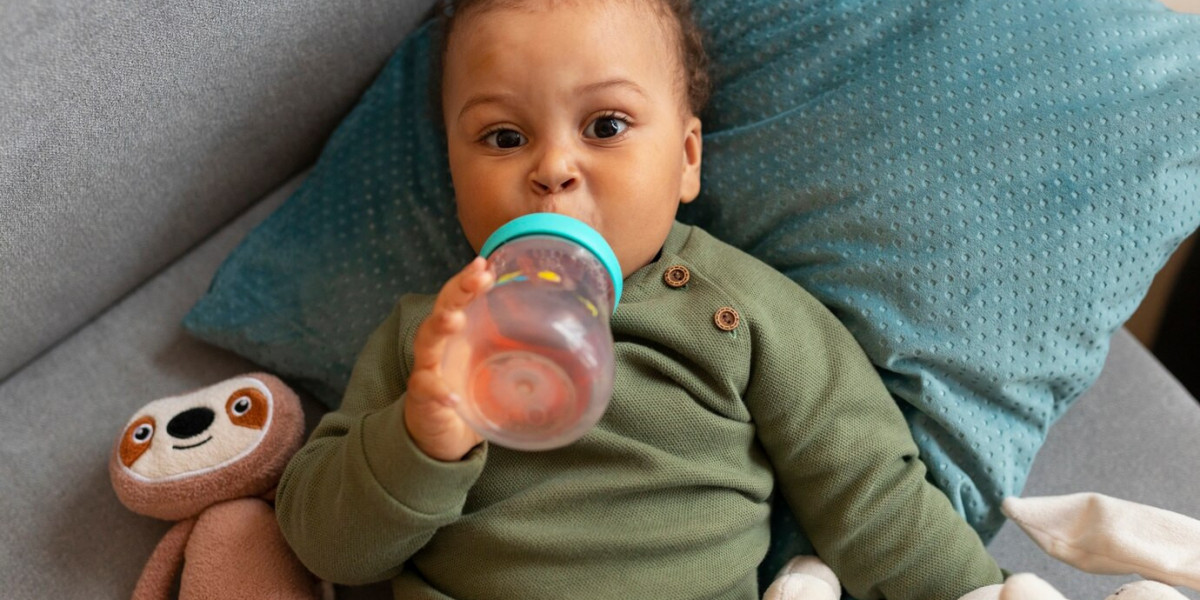The baby feeding bottle market is undergoing a significant transformation due to evolving consumer preferences, technological advancements, and regulatory changes. Market players are facing disruptions from sustainable alternatives, rising concerns over plastic safety, and innovations in design and functionality. As parents seek safer and more convenient feeding solutions, companies must adapt to these shifts or risk losing their competitive edge.
1. The Shift Toward Sustainable MaterialsEnvironmental concerns have prompted a surge in demand for eco-friendly baby feeding bottles. Traditional plastic bottles, once dominant in the market, are being replaced by glass, stainless steel, and silicone alternatives. Brands are investing in biodegradable and BPA-free materials to align with consumer expectations. Companies like Philips Avent and Comotomo are leading the way by incorporating sustainable packaging and materials in their product lines.
2. Increasing Safety and Health AwarenessParents today are more aware of the potential health risks associated with plastic feeding bottles. Studies highlighting the dangers of BPA and microplastics have led to a decline in plastic-based products. In response, manufacturers are focusing on toxin-free, antimicrobial, and hypoallergenic materials. Additionally, there is a growing preference for baby bottles that mimic natural breastfeeding, reducing colic and improving feeding experiences.
3. Technological Advancements in Baby Feeding BottlesSmart baby bottles with temperature sensors, self-sterilizing features, and tracking capabilities are disrupting the traditional market. Innovations such as BlueSmart mia, which monitors milk temperature and feeding patterns, are gaining popularity. These advancements offer convenience and reassurance to parents, making technology-driven feeding bottles a key trend to watch.
4. The Rise of E-commerce and Direct-to-Consumer ModelsThe rise of online shopping has changed how baby feeding bottles are marketed and sold. E-commerce giants like Amazon, Walmart, and specialized parenting platforms have provided consumers with a wider selection and price comparison tools. Additionally, direct-to-consumer (DTC) brands are bypassing traditional retail chains, allowing them to offer competitive pricing and personalized customer experiences.
5. Regulatory Challenges and Compliance PressuresGovernments worldwide are tightening safety regulations on baby products, particularly feeding bottles. Stricter guidelines on material composition, labeling, and testing have forced manufacturers to invest in compliance measures. Brands that fail to meet these evolving regulations face recalls, fines, and reputational damage.
6. Changing Parental Lifestyles and PreferencesModern parenting trends are shifting towards convenience-driven products that cater to busy lifestyles. Parents seek baby bottles that are easy to clean, assemble, and store. Furthermore, there is an increasing demand for travel-friendly and multifunctional baby bottles. Collapsible bottles, formula-mixing bottles, and self-heating bottles are gaining traction among millennial parents.
Conclusion The baby feeding bottle market is at a crossroads, with sustainability, safety, technology, and evolving consumer behaviors driving significant disruptions. Companies must remain agile by embracing innovation, enhancing safety features, and staying ahead of regulatory changes. Those that adapt effectively to these market shifts will thrive, while those that resist change may struggle to maintain their foothold. As competition intensifies, the brands that prioritize customer needs and sustainable solutions will lead the future of baby feeding bottle manufacturing.
Søg
Populære opslag








